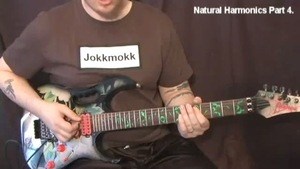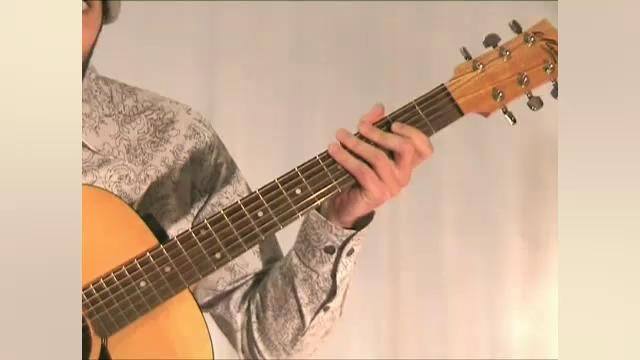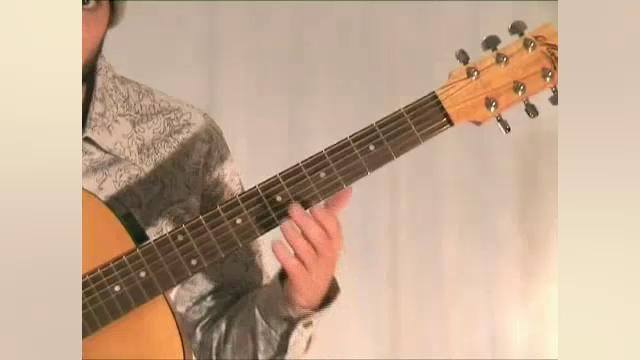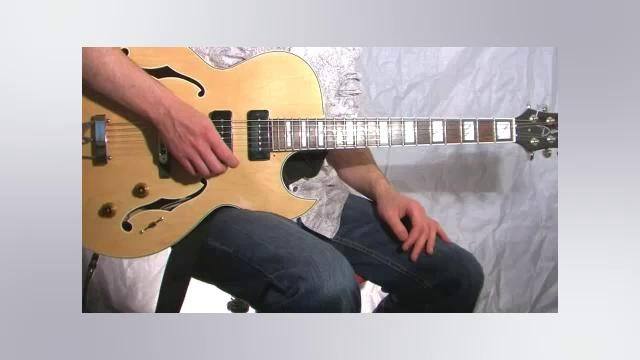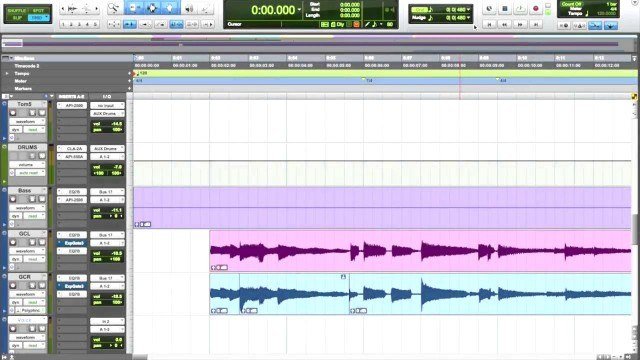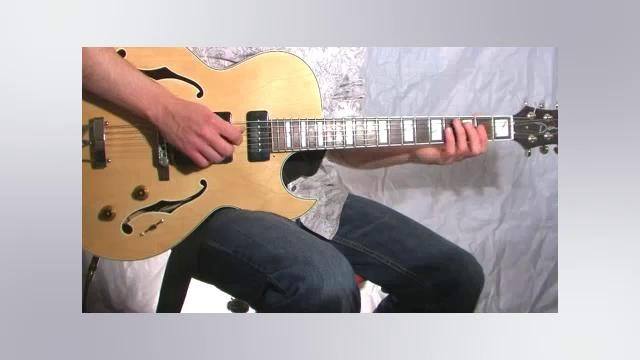Welcome to part 1 of the theoretical part of natural harmonics. The first thing we need to cover and understand is the physics of the string – String Theory. The first thing we need to acknowledge is that when you play a note (be it an open string of a fretted note), you are not only playing that chosen note, but a whole series of notes simultaneously, called Harmonics. Our ears and minds process all these notes together however, to form a aural experience of that one note. That note we perceive as the “strongest” or “dominant” is called the Fundamental note. When we divide the vibrating arc of the string in smaller increments, such as ½, ¼, 1/3, we allow the harmonics to resonate without the fundamental, thus allowing us to hear that harmonic clearly.
When you slightly touch the string at the half-way point (1/2 division) you will force the vibrating arc of the string to be divided into 2 new vibrating arcs, around a harmonic Node, which will not vibrate. This Nodal point will decide the note of your harmonic in relation to the given length and pitch of the natural string.
If you take a look at the Table of Natural Harmonics below, you will see all the divisions available to you in this wonderful new world. =) I should also take this time to apologize for the multitude of craning necks this will undoubtedly entail. To fit the table in a high enough size for you to be able to read this, and see the exact positions of the harmonics, I had to tilt it. Please open the image in a pop-up window and print it, or rotate it for your viewing pleasure.
Once you have grasped this concept fully, please move on to more practical applications in the next part!






